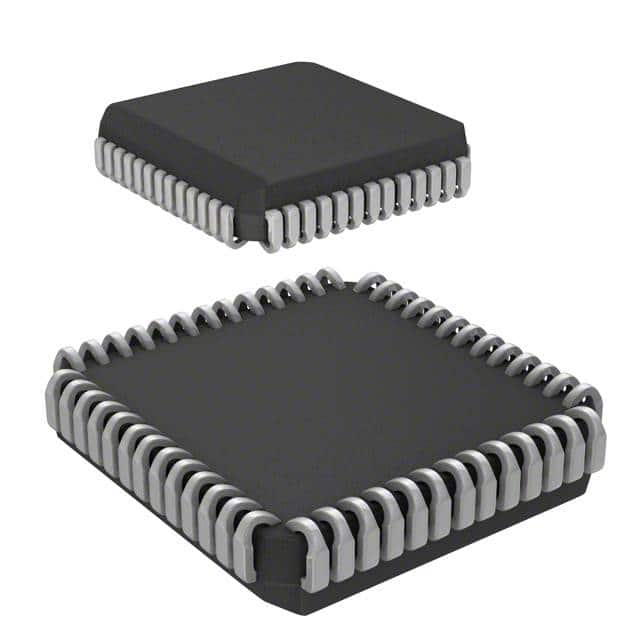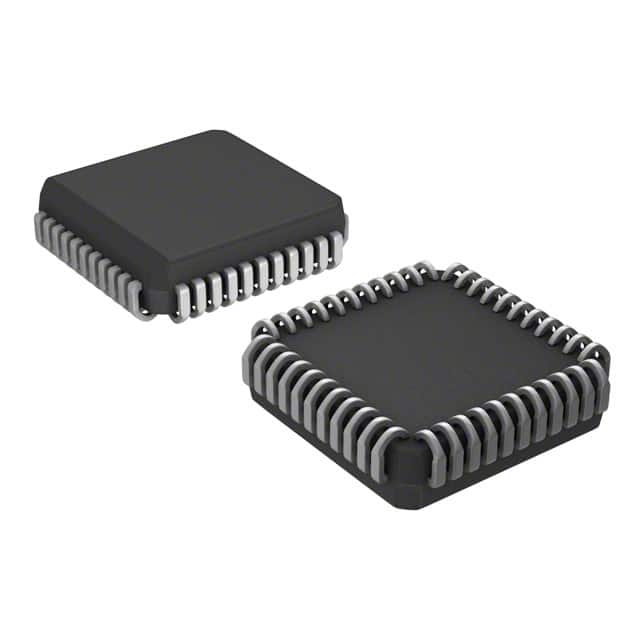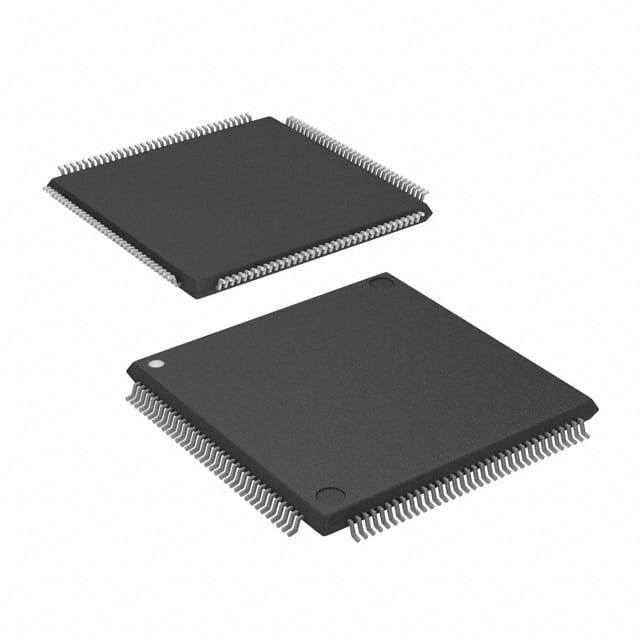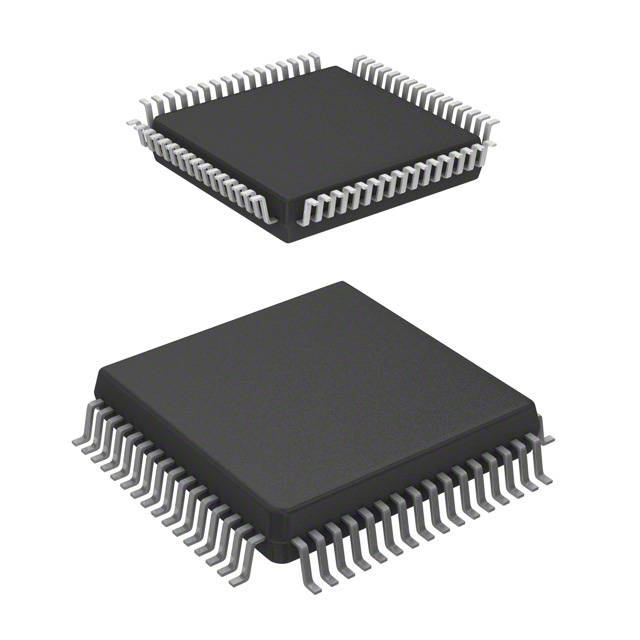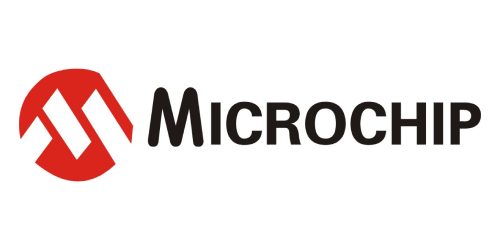AT89C1051U-24SI Product Introduction:
Microchip Technology Part Number AT89C1051U-24SI(Embedded - Microcontrollers), developed and manufactured by Microchip Technology, distributed globally by Jinftry. We distribute various electronic components from world-renowned brands and provide one-stop services, making us a trusted global electronic component distributor.
AT89C1051U-24SI is one of the part numbers distributed by Jinftry, and you can learn about its specifications/configurations, package/case, Datasheet, and other information here. Electronic components are affected by supply and demand, and prices fluctuate frequently. If you have a demand, please do not hesitate to send us an RFQ or email us immediately sales@jinftry.com Please inquire about the real-time unit price, Data Code, Lead time, payment terms, and any other information you would like to know. We will do our best to provide you with a quotation and reply as soon as possible.
Introducing the Microchip Technology AT89C1051U-24SI, a powerful and versatile microcontroller designed to meet the demands of today's technology-driven world. With its advanced features and wide range of applications, this microchip is the perfect solution for various industries.
Featuring a high-performance 8-bit CPU, the AT89C1051U-24SI offers a clock frequency of up to 24 MHz, ensuring fast and efficient processing. Its 1K bytes of Flash memory allows for easy program storage and quick execution, while the 128 bytes of RAM provide ample space for data storage and manipulation.
This microchip also boasts a wide range of peripherals, including two 16-bit timers/counters, a versatile serial interface, and four channels of 10-bit ADC. These features enable seamless integration with external devices and enhance the overall functionality of your applications.
The AT89C1051U-24SI is suitable for a variety of application fields, including industrial automation, consumer electronics, and automotive systems. Whether you need to control motors, monitor sensors, or interface with other devices, this microchip provides the flexibility and reliability you need.
With its low power consumption and robust design, the AT89C1051U-24SI ensures long-lasting performance and durability. Its small form factor and easy-to-use development tools make it an ideal choice for both professional engineers and hobbyists.
Experience the power and versatility of the Microchip Technology AT89C1051U-24SI microcontroller and unlock endless possibilities for your next project.
Microcontroller is a kind of single chip micro controller, it is an integrated circuit (IC) used to central processing unit (CPU), read-only memory (ROM), random access memory (RAM), input/output (I/O) ports and timer and serial communication interface and other peripheral equipment. The main role of the microcontroller is as a control unit, responsible for receiving input signals, processing data, executing instructions and generating output control signals. Its function in the electronic system is similar to that of the brain, which can respond accordingly to programmed instructions and changes in the external environment.
Application
Microcontroller application field is extremely wide, almost covers all aspects of modern science and technology. In the field of industrial automation, microcontrollers are used for motor control, sensor data acquisition and automation equipment control, significantly improving production efficiency and product quality. In the field of smart home, smart door locks, smart lighting, smart home appliances and other equipment can not be separated from the support of microcontrollers, to achieve remote control and automatic management of equipment. In addition, microcontrollers are also widely used in the Internet of Things, automotive electronics, consumer electronics, medical equipment and other fields, becoming an important force to promote scientific and technological progress.
FAQ about Embedded - Microcontrollers
-
1. What is an embedded microcontroller?
An embedded microcontroller is a device that integrates an entire computer system into a single chip. It usually includes functional modules such as a central processing unit, memory, input and output ports, and timers, all of which are integrated on a single chip. This design enables embedded microcontrollers to perform specific tasks with high flexibility and efficiency.
The main features of embedded microcontrollers include:
Highly integrated: multiple functions such as CPU, memory, and I/O interface are integrated on a single chip, reducing the number of components and system volume.
Strong specialization: Optimized for specific application scenarios, providing a specific combination of processing power, memory, and input and output interfaces.
Efficient and reliable: The integrated design makes the system more stable and reliable, reducing the connection of external components and signal interference.
High flexibility: According to different application requirements, embedded microcontrollers can have multiple derivative products, each with the same processor core, but different memory and peripheral configurations to adapt to different application scenarios.
-
2. Is Raspberry Pi a microcontroller?
Raspberry Pi is not a microcontroller in the traditional sense. Raspberry Pi is a microcomputer, often called a single-board computer, which has more powerful computing power and more functions, including writing code directly on the device and running multiple programming languages.
Raspberry Pi has some features of a microcontroller, such as it also has GPIO (general input and output) pins, which can control external devices through these pins. In addition, Raspberry Pi can also be used for the development of embedded systems, especially in application scenarios that require higher computing power.
-
3. What language is used for embedded microcontroller programming?
The main languages used for embedded microcontroller programming include C, C++, assembly language, Python and Rust. These languages have their own characteristics and are suitable for different development needs and scenarios.
C is one of the most commonly used languages in embedded development. It has the advantages of high efficiency, flexibility, and strong portability. It can directly operate hardware and is suitable for low-level driver development, kernel programming, etc. C++ is used in complex embedded systems and adds object-oriented features, which is suitable for the development of large applications. Although assembly language is difficult to learn and write, it is indispensable in scenarios that require high optimization and direct control of hardware. Python is easy to learn and use, and is often used in data processing, prototype development, and rapid testing. Rust is gradually gaining attention in the embedded field due to its memory safety and high performance, especially in applications with high security requirements.
 Lead free / RoHS Compliant
Lead free / RoHS Compliant


















